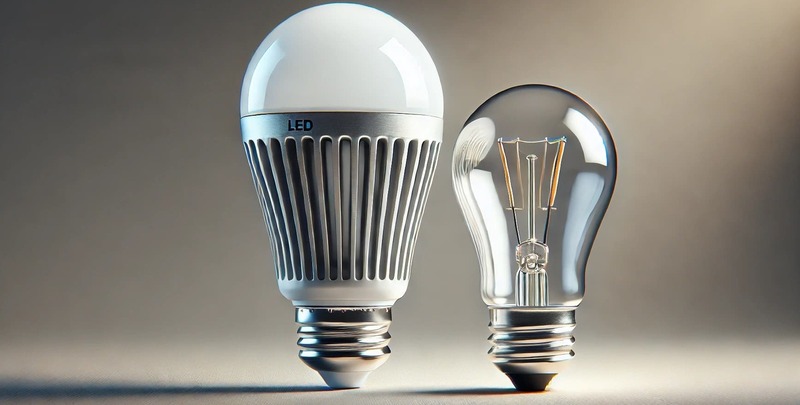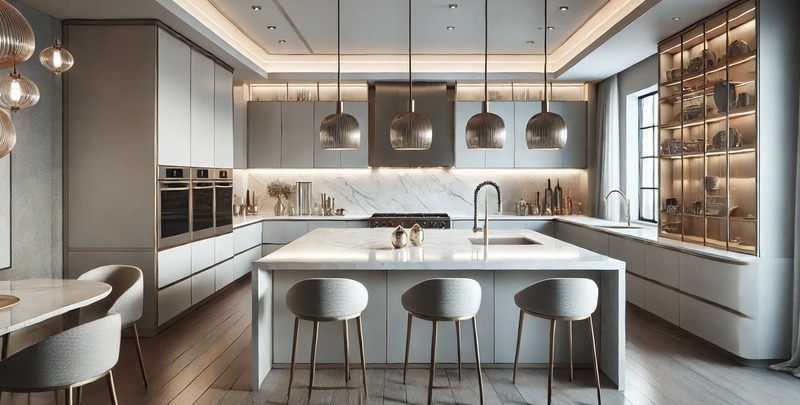LED lights, or light-emitting diodes, have quickly become a cornerstone of modern home lighting due to their energy efficiency and impressive lifespan. As people search for sustainable and budget-friendly lighting options, LED technology stands out as a top choice. Whether you're looking to upgrade your kitchen or enhance your outdoor space, understanding the mechanics behind these lights can help you make smarter choices. This article delves into the inner workings of LED lights, emphasizing their benefits and applications in residential settings. By grasping how LED lights operate and their advantages over conventional bulbs, you can optimize your home's lighting while cutting down on energy usage and expenses. A light-emitting diode is a semiconductor device that produces light when an electric current passes through it. Unlike traditional incandescent bulbs, which rely on heating a filament to generate light, LEDs use a process called electroluminescence, making them more efficient and resilient. The history of LED technology traces back to the early 1960s, with the first practical visible-spectrum LED developed by Nick Holonyak Jr. Over the years, innovations have expanded their color spectrum and applications, from status indicators in electronics to primary lighting in homes. An LED light bulb consists of a semiconductor chip treated to form a p-n junction. When current flows across this junction, it releases energy in the form of photons, creating light. The efficiency and durability of LEDs come from this mechanism, as it generates significantly less heat compared to older lighting methods. Let’s break down how these cutting-edge lights function: Thanks to these principles, LEDs provide an efficient and reliable lighting solution for various applications, from household bulbs and downlights to outdoor security lights and digital displays. They exemplify how advanced materials and engineering can drive substantial energy savings and lighting innovation. LED lights aren't just popular because of their technological prowess—they also offer a host of benefits over traditional lighting options. Here are some key reasons to consider switching to LED lighting: These advantages make LED lighting the go-to choice for countless applications, offering superior efficiency, durability, and environmental sustainability along with creative design opportunities. LED lights represent a groundbreaking leap forward in residential lighting, from ambient indoor illumination to functional outdoor and security lighting. By comprehending the technology and benefits of LED lighting, homeowners can make informed decisions to improve their living spaces. Switching to LED lighting not only cuts energy costs and maintenance needs but also supports a cleaner, greener planet. Adopting this contemporary lighting solution is a wise move for anyone aiming to brighten their home while embracing eco-conscious practices. Disclaimer: This content is provided for informational purposes only. Regulations vary by location, so always consult local authorities or professionals before undertaking any modifications. For detailed terms and conditions, visit our Terms & Conditions. In conclusion, LED lights are more than just a lighting upgrade—they’re a step toward a brighter future. With their unmatched efficiency, longevity, and environmental friendliness, they’re a game-changer for modern homes. So why wait? Start exploring the endless possibilities of LED lighting today! UKL Bearing Manufacturing Co., Ltd., , https://www.bearingukl.comHow Do LED Lights Work?
What Are LED Lights?

Understanding the Mechanics of LED Lights
The Advantages of Choosing LED Lights

Transform Your Space with LED Lighting